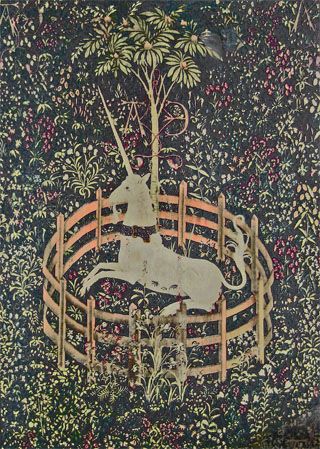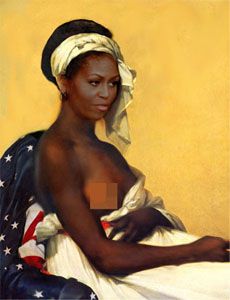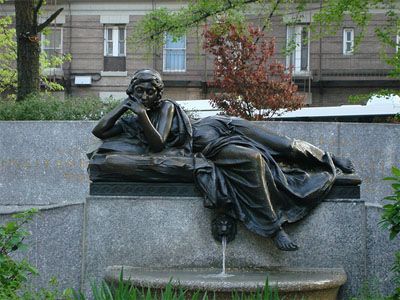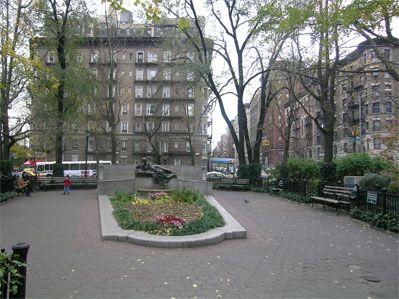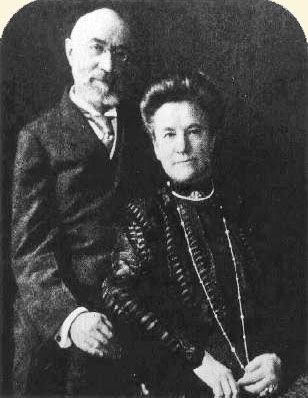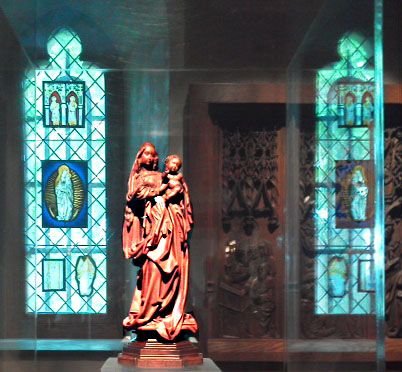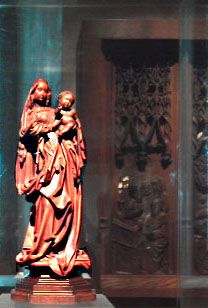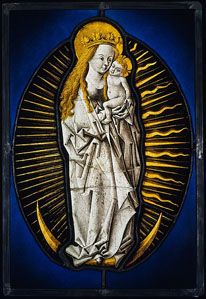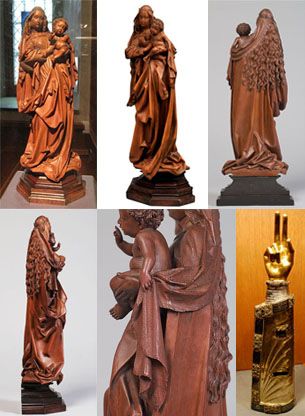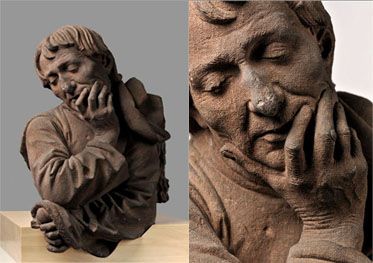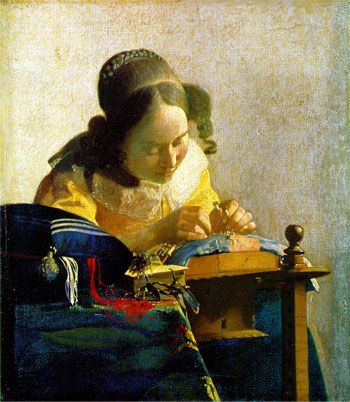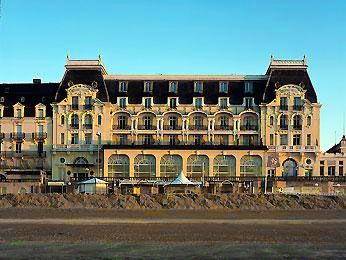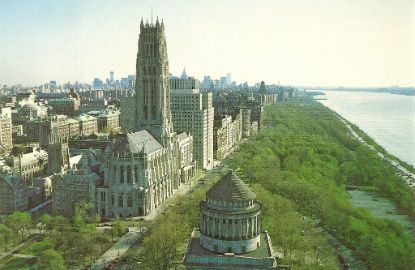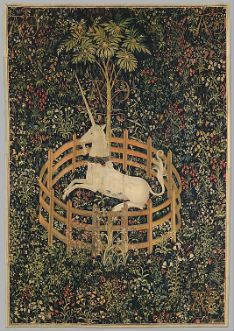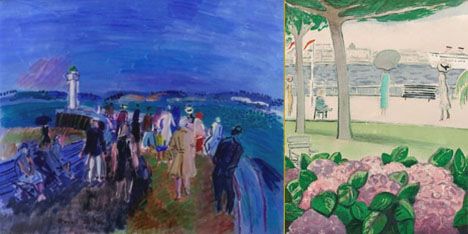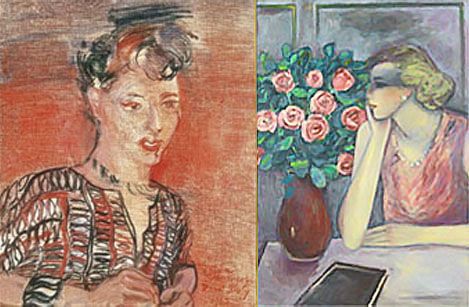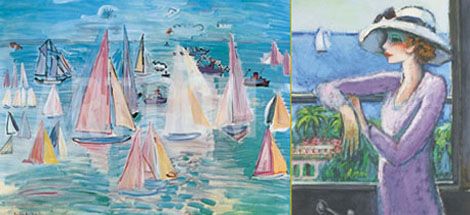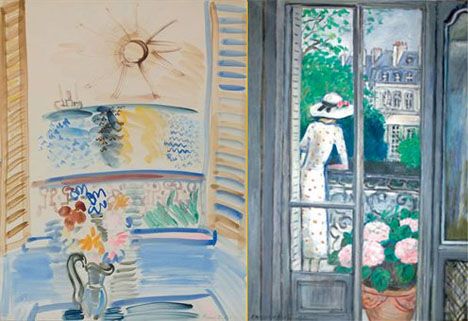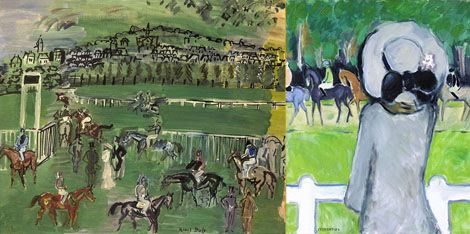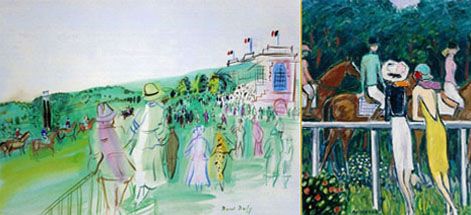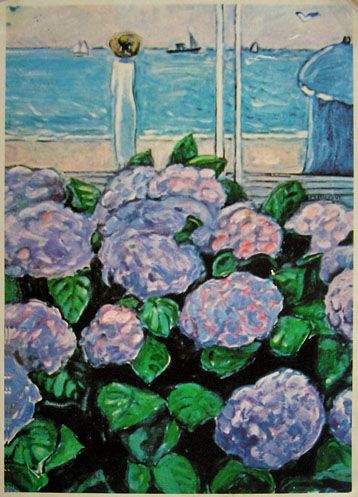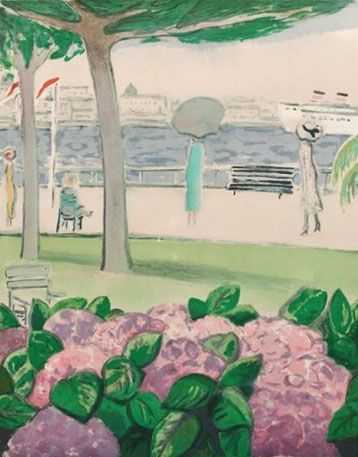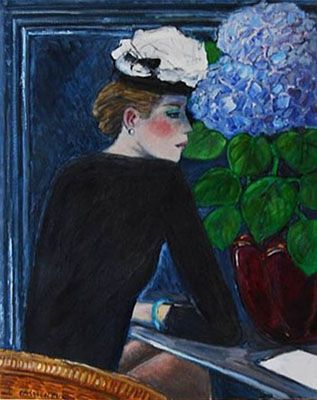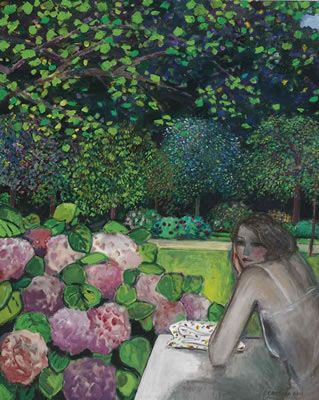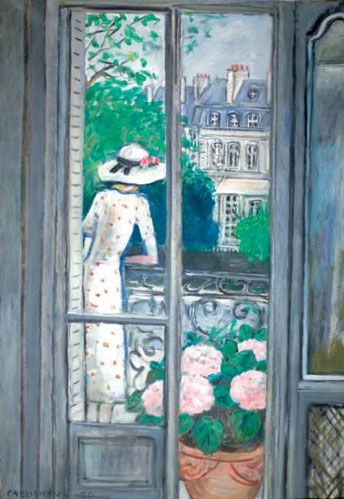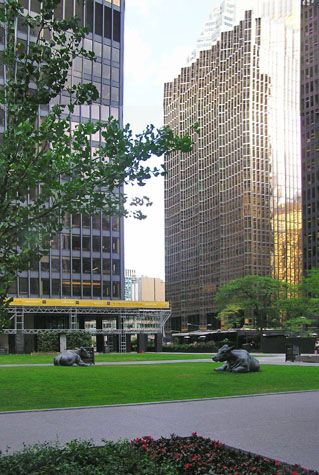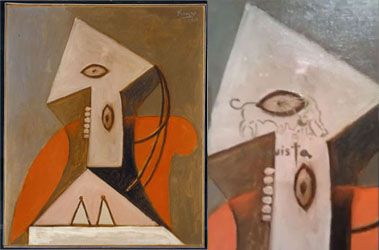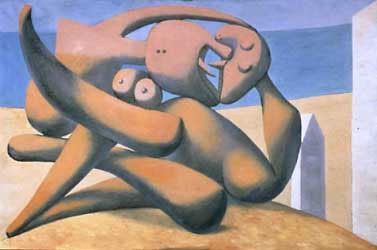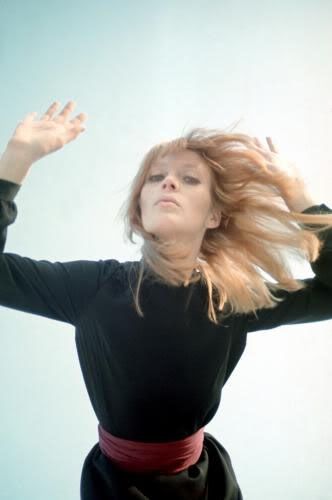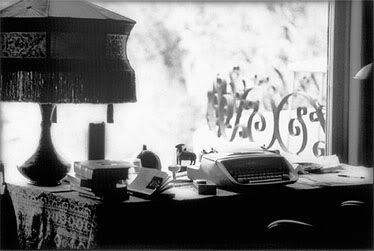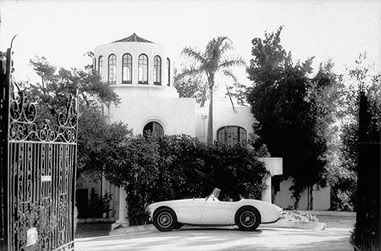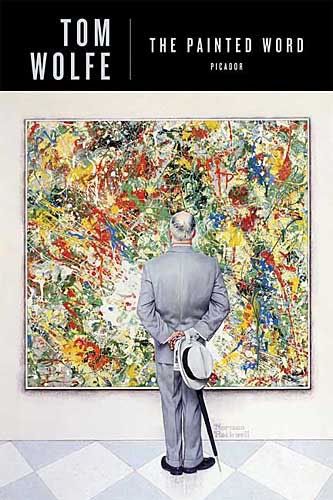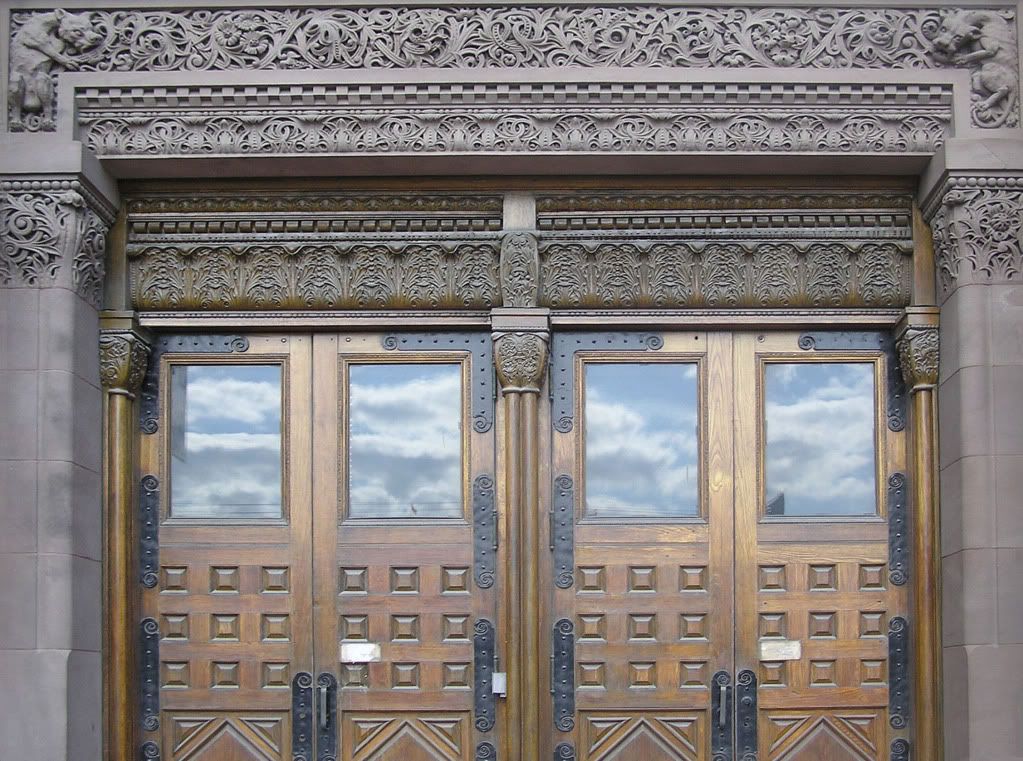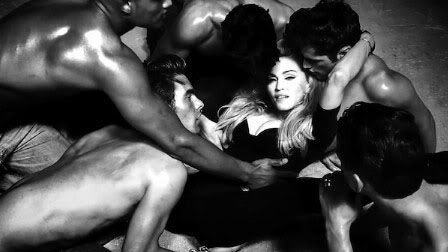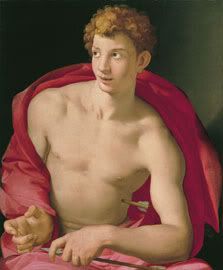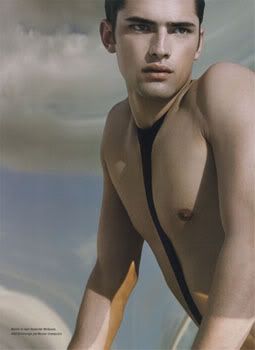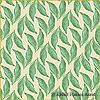La Dentellière is a hard film to take. It was showing recently on the French channel Télévision Français de l'Ontario (TFO), which is the french version of TVO, Television Ontario, last night. I hesitated to watch it, since I knew it would be a sad film to watch.
The lovely Isabelle Huppert is a young actress in this film.
I didn't get the connection between the film and the painting until the very end. Huppert turns her head and looks at us, the audience. It's the culmination of the many things her character, Pomme (her nickname which means "Apple" because of her round face), has gone through.
I've
written about the uncontrollable desire to animate Vermeer's paintings, as though their stillness is some kind of suspended animation (or life). I've noticed that many artists feel the same way. Most, though, make small animated spurts of the actual painting. Claude Goretta, who directed
La Dentellière, creates a whole story behind
The Lacemaker. He brings the painting to life both through animation and through story, and creates a new character to embody her.
The film is from the novel
La Dentellière by Pascal Lainé, who
writes of Pomme:
She was like one of those genre paintings where the subject is captured in mid-movement. Her way, for example, of pursing hairpins in her lips as she redid her hair bun! She was The Laundress, The Water Girl, or The Lacemaker.
He is, of course, talking about Vermeer, after whose
Lacemaker he titles his book.
Vermeer, Jan
The Lacemaker
c. 1669-1670
Oil on canvas transferred to panel
23.9 x 20.5 cm (9 13/32 x 8 1/2 in.)
It was fun to see Paris in the seventies, but most of the film takes place in the northern seaside resort of Cabourg. This is partly a story about sexual liberation, and the societal responsibilities (or irresponsibilities, more like) that followed from that era. A lovely, delicate girl like Pomme, again an apt name because she does look as lovely, fresh and round-faced as an apple, would have probably got a lot of protection from her mother and especially her male family members in per-feminist eras. "Elle est fragile," says Pomme's friend, who brought her to Cabourg for a short vacation, but has no time for the especially vulnerable Pomme. She probably brought her along on vacation to help with the hotel bills.
The Grand Hotel de Cabourg, where Pomme would sit
at their outdoor cafe with her chocolate ice cream
and a view of the Atlantic
Under normal family protection, some Don Juan wouldn't have been able to walk through the door, decide that he likes what he sees, and try to seduce (if he moves too fast, she might fly away) a young girl, without everyone making sure of his true intentions (i.e. marriage). That is what François, the young man Pomme meets on her trip to the seaside, tried to do.
Pomme was adept in many ways, although she would probably be considered a little slow. She works in a hair salon (mostly doing the hair of "vielle dames" as she explains), could manage many daily tasks well, and she maneuvers her way around Paris without difficulty. She is a respite for her young seducer, a University literature student full of ideas of romance, from the harsh feminists that surround him daily. I think that men are tired of feminists and feminism, even though many liberal men are staunch supporters of feminism. When it hits their daily life and choices, I am sure they would go for a gentler soul like Pomme. François realizes too late that he really was dealing with a vulnerable soul, and his clumsy attempts at seduction worked because Pomme really did like him, and trust him (he was different from the boys who whistle at her in the Paris streets). But, after he sleeps with her, he loses interest, or more precisely, he realizes he was dealing with not a savvy city girl, but a fragile, pure, soul he couldn't protect (or love). Pomme, uncharacteristically, had already told him she loved him after their night together, and it was too much for him to handle.
 |
Huppert, in the still above from La Dentellière, has an uncanny resemblance to the woman in Vermeer's painting.
------------------------------------------------------------------------------------------------------
Here is an article I wrote on Vermeer:
Vermeer's Discerning Light
And
here is a blog post I wrote on the desire to animate Vermeer's works:
Vermeer's Light and Movement
In the blog, I've posted a very short animation I made of
The Lacemaker. I've also made a box with the face of the lacemaker printed on fabric and stretched on the outer and inner lid of the box. The outer lid is a re-print of the original Vermeer painting. When opened, the inner lid shows a photoshopped version of the lacemaker, with her eyes up and looking out at us. The outer cover is of browinsh/yellowish hue, similar to the hues of the original painting. The inner is a light (celestial?) blue.
Read More...
^Top
